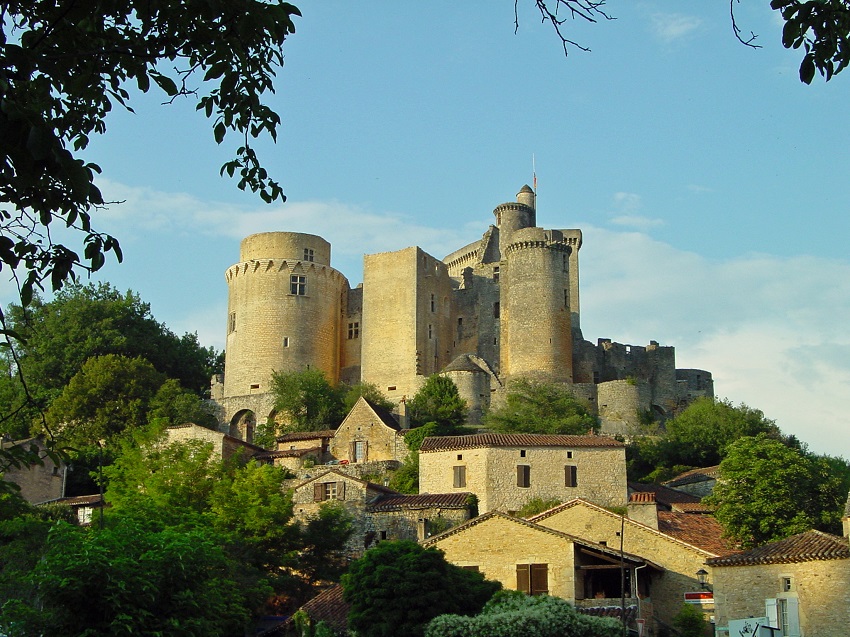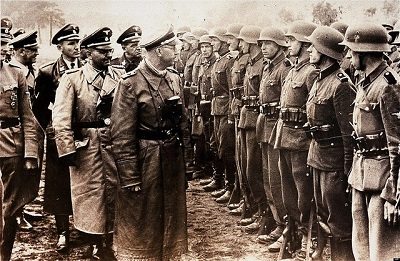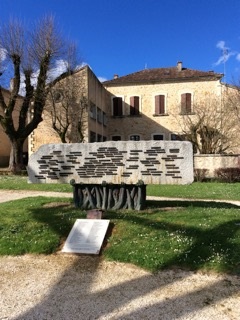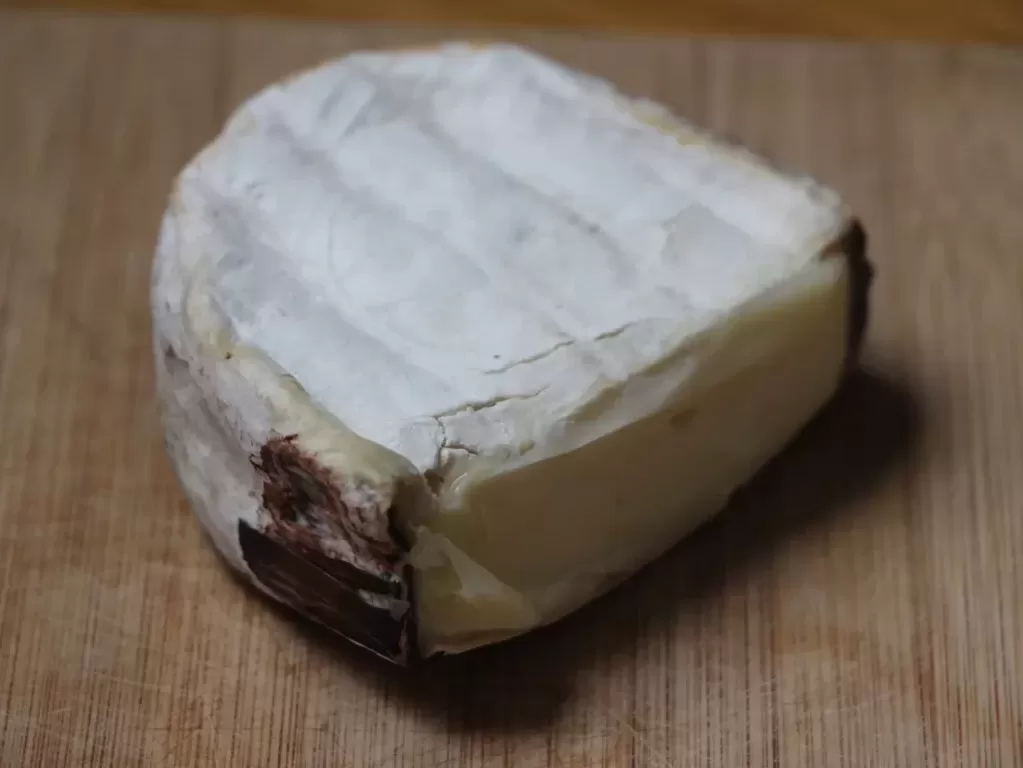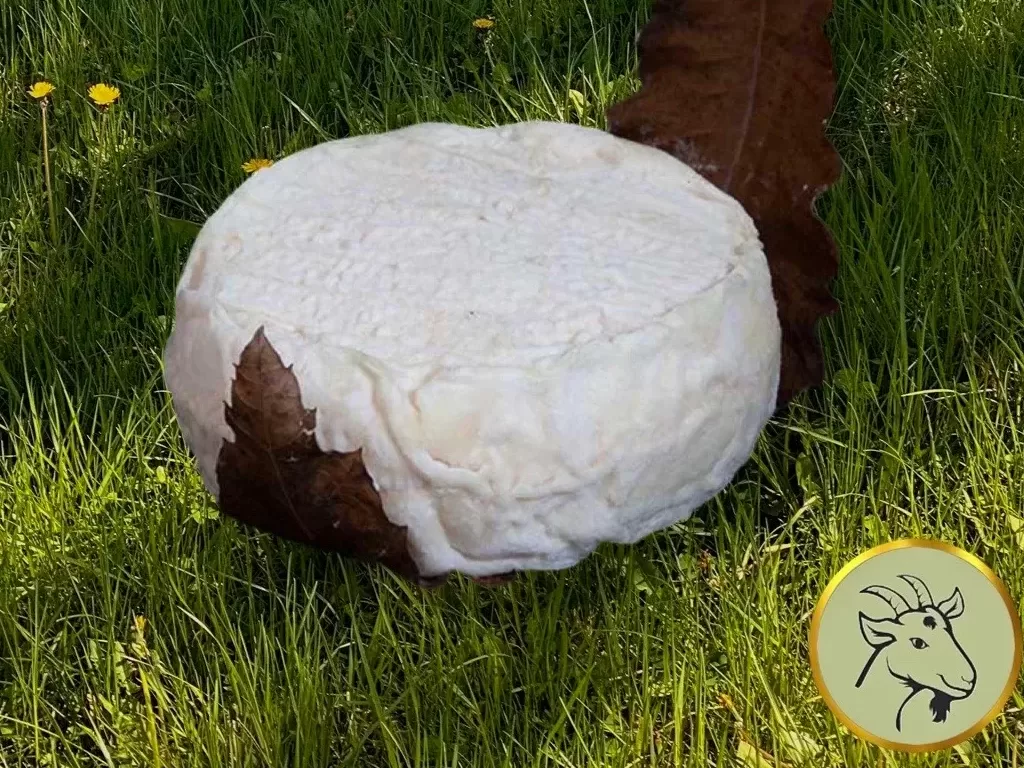Stories of war in France: a visit to Bonaguil, and a dark memorial nearby
Tom Lawrence brought his bike to France and cycled to Le Chateau de Bonaguil in the Lot et Garonne in 1908. This was the start of his research into medieval chateaux for a thesis he submitted to Jesus College, Oxford, and for which he was awarded a first class degree.
He then went on to study many more castles in the Middle East, before, as Lawrence of Arabia in WWI, he eventually led the Arabs to victory over the Ottomans at Aqaba.
Building Bonaguil: 700 years of history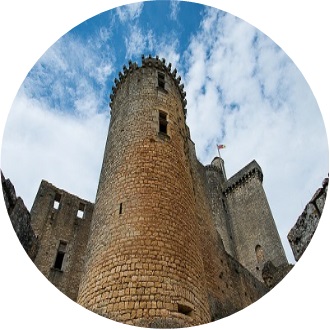
At Bonaguil the construction of the first castle started in 1259. Over the years, several bloody battles saw it attacked and raised several times. Rebuilding and refurbishments continued to be made right up to the 18th century.
What we see today was mainly built between the 15th and 16th centuries when modifications were made to keep up with the latest developments in firearms and artillery technology — or how to kill as many of the enemy as possible as cheaply as possible.
The castle is built on a rocky outcrop with a series of high defensive walls, dominated by a towering donjon at its centre. It’s an impressive sight, but there’s nothing romantic or Disneyland about this construction — it’s brooding, ominous and forbidding.
Because it was completed too late to have had any impact on the Hundred Years’ War, neither the defences nor the weaponry was ever tested. But it’s certainly well worth a visit — a masterpiece of medieval architecture, invariably attracting two or three stars in guidebooks.
And, if, after your tour, you still have an appetite for castles, there are several other fine examples in the area; Fumel, Biron and Gavaudan.
Plus ça change…
But Bonaguil does not have a monopoly on the bloody deeds of history.
This is France, and the sublime and the depraved are often intertwined. In the pretty village of Lacapelle-Biron, about 10 kilometres from Bonaguil as the crow flies, the beast flexed its muscles in 1944.
The Nazis had been in occupation for almost five years, but the tide was turning. The Waffen SS Division Das Reich was ordered to leave Montauban for Normandy to help prevent an allied breakout from the D-Day bridgehead.
Hitler’s troops were in filthy moods. They knew that their homeland was in ruins. It was, on a daily basis, being systematically bombed. The air attack was unrelenting. The soldiers would have rather been heading back to Germany to try to find their families.
And, although poorly armed, badly trained, and ill-disciplined, the local maquisards kept snapping at their heels.
…plus c’est la même chose
In reprisal, at dawn on 21 May 1944, the Das Reich division blocked the entrances to the village of Lacapelle-Biron. All men between 18 and 60 were rounded up and, with other men captured nearby, the total soon climbed to 118.
They were loaded onto trucks and deported en masse to the death camps of Dachau and Mauthausen.
Only 24 capelans ever came back.
After the Liberation, the village became the departmental symbol of Nazi atrocities and was awarded La Croix de Guerre avec etoile de bronze.
Today a monument to the victims stands in the centre of the village. It lists the names of the deportees.
On it we read:
CEUX QUI NE SAVENT PAS SE SOUVENIR DU PASSÉ SONT CONDAMNÉS A LE REVIVRE.
Do you agree with this sentiment? Are those who forget the past condemned to relive it? Share your comments & experiences with us below.
Image Credits

